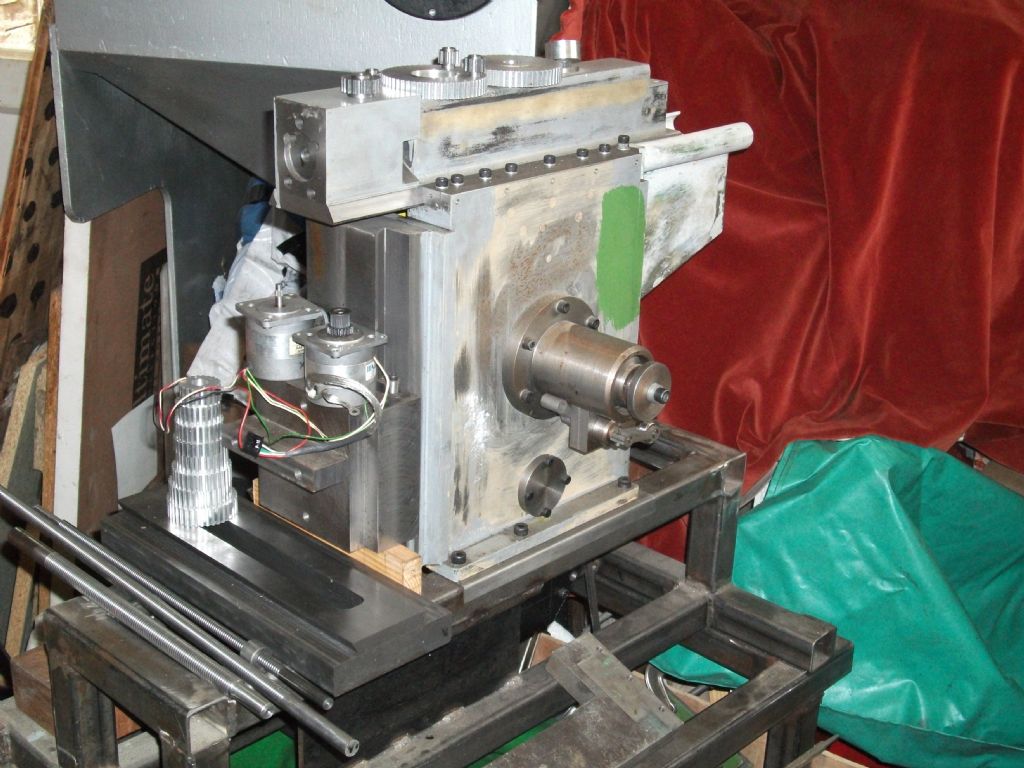"It would be brilliant if we could see some metal planers and shapers in action; "
You are about 20 years too late to see that easily – and they were getting thin on the ground then
"but remain in use in industry."
Barely. This one is currently for sale local to me. **LINK**
This is one of the last I know of – 2 of the 3 the others I used to have work done on have been scrapped over the last 10 years or so & I would not be suprised if it failed to find a buyer & was scrapped also. Even assuming it got a bid at the start price, it would most likely cost at least as much again to get it dismantled, moved, a foundation put in & re-installed. The Waldrich linked to was actually the smaller of the two planers at that company, so I guess that the larger Craven has already been scrapped. I dismantled a Swift Summerskill planer for scrap where I work now about 5 years ago – it was worth more as scrap than it would have sold for intact. There was nothing wrong with it & I felt guitly about having to kill it, but we needed the space for another machine that would make money. Planer tables fitted with legs & used as marking out or assembly tables come up in auctions quite regularly – every one a dead machine. At one time they were sent out to India , but that market largely disappeared when the indian Goverment put large import tariffs on used machinery to encourage Indian industry to invest in new machines rather than buying obsolete used ones.
I wonder why the lecturer set this task, as universities have been teaching that planers & shapers are obsolete for at least 25 years – I had to work with a placement year engineering student over the acceptance of a rebuilt machine that long ago & he brought in one of his course books on machine tool technology that dismissed planers in half a page, with a line drawing & one paragraph. Maybe beacuse the students would be unlikely to come across one in real life & have to work out how they worked from scratch ?
Nigel B
Edited By Nigel B on 12/10/2017 20:08:25
John McNamara.








